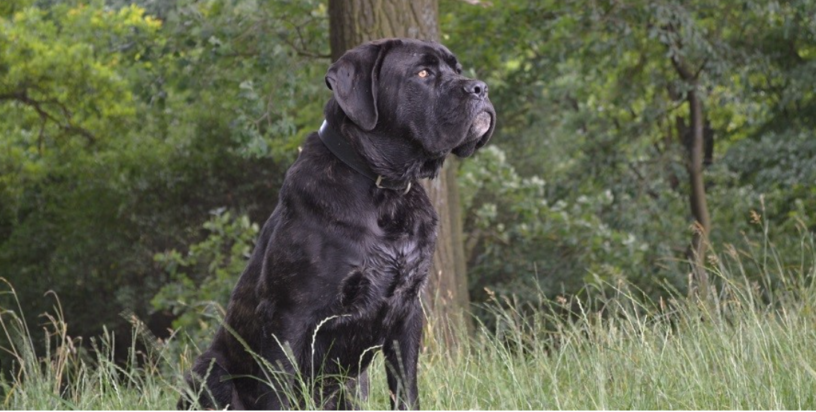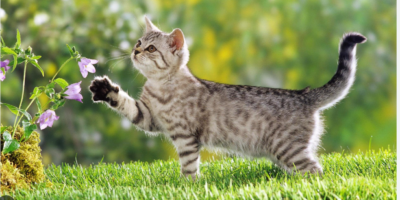
This study of companion animal ownership in the U.S. based on Consumer Expenditure Survey data analyzes the relationships between companion animal ownership, children, and expenditures on companion animals.
Based on data (1980-2003) from the Consumer Expenditure Survey (CES), the model presented in this article reflects the relationships between household demographics, companion animals, and children, which shows some substitutive and complementary relationships between companion animals and children.
In married households, this study found that the greater the number of children, the lower the expenditures on companion animals, suggesting a substitute relationship between the two. Further, households with young children are less likely to own companion animals than households with older children, demonstrating a complementary relationship between companion animals and older children.
Also, according to this analysis, companion animals appear to be a normal household good, as opposed to a luxury. However, with respect to marital status, married women appear to consider companion animals as more of a necessity than married males.
Greater companion animal related expenditures were also noted in higher income households.





Leave a Reply